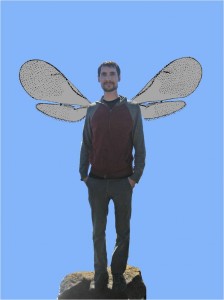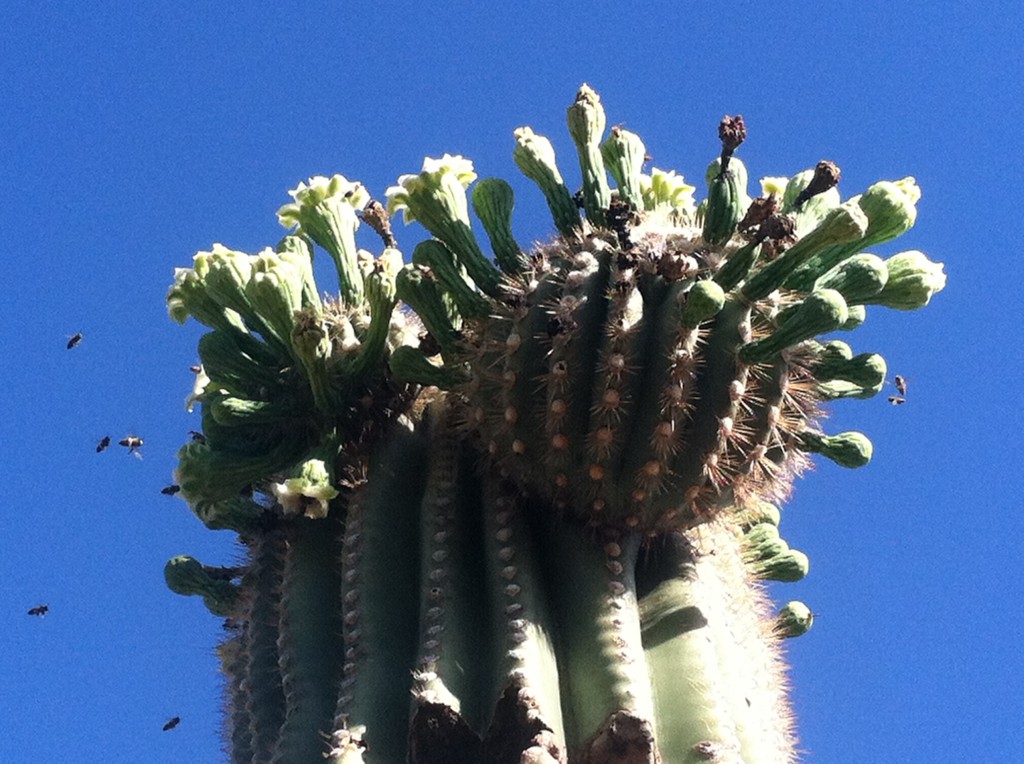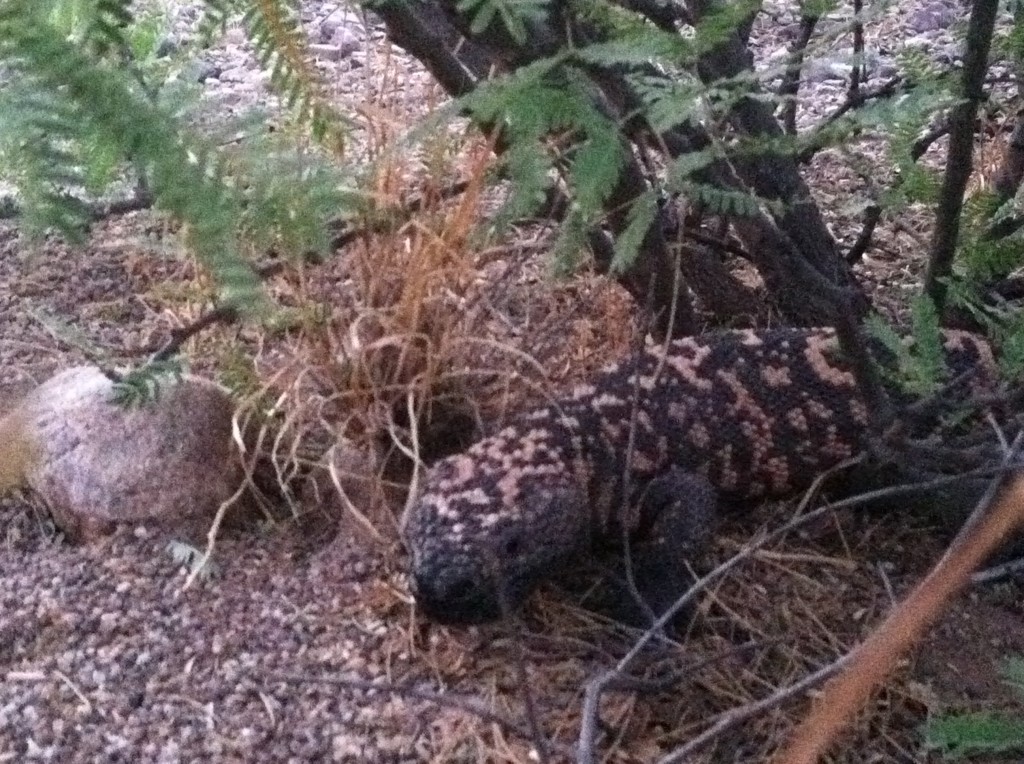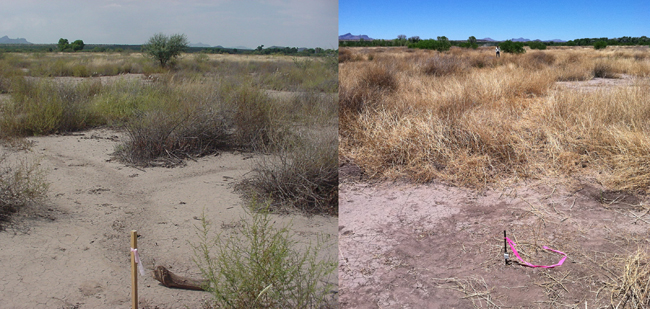Three new members are welcomed to the Werren lab and Biology Department. Mrinalini (Munni) arrived in April from Bangor University, Wales. She is researching the function and evolution of parasitoid venoms. Aisha Siebert is an MD/PhD candidate at UR who is investigating function and medical implications of parasitoid venoms. Matthias Williams is a new technician, also working on venoms.
Dylan Sacks, an undergraduate scholar studying wing size evolution, has received an EDEN (Evo-Devo-Eco Network) Undergraduate Summer Internship to continue his work on positional cloning of a male specific wing size quantitative trait locus (QTL) causing wing size differences among Nasonia species.
Congratulations to David Loehlin (Biology PhD 2011)! He received the Outstanding Dissertation Award from the University of Rochester School of Arts and Sciences for his work on the genetics of wing size and growth evolution.













